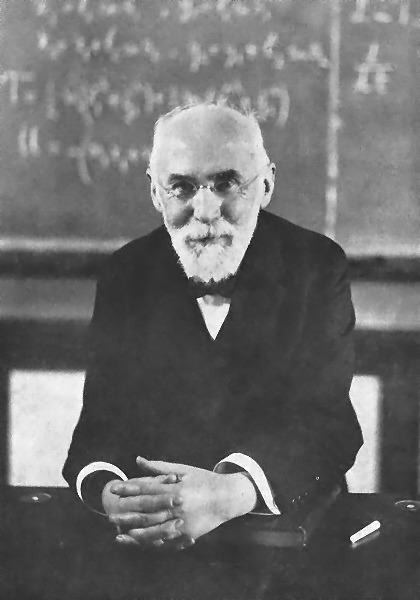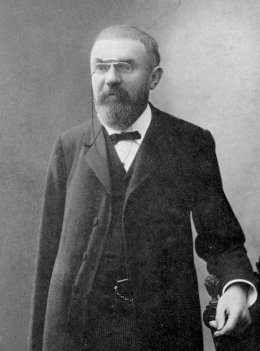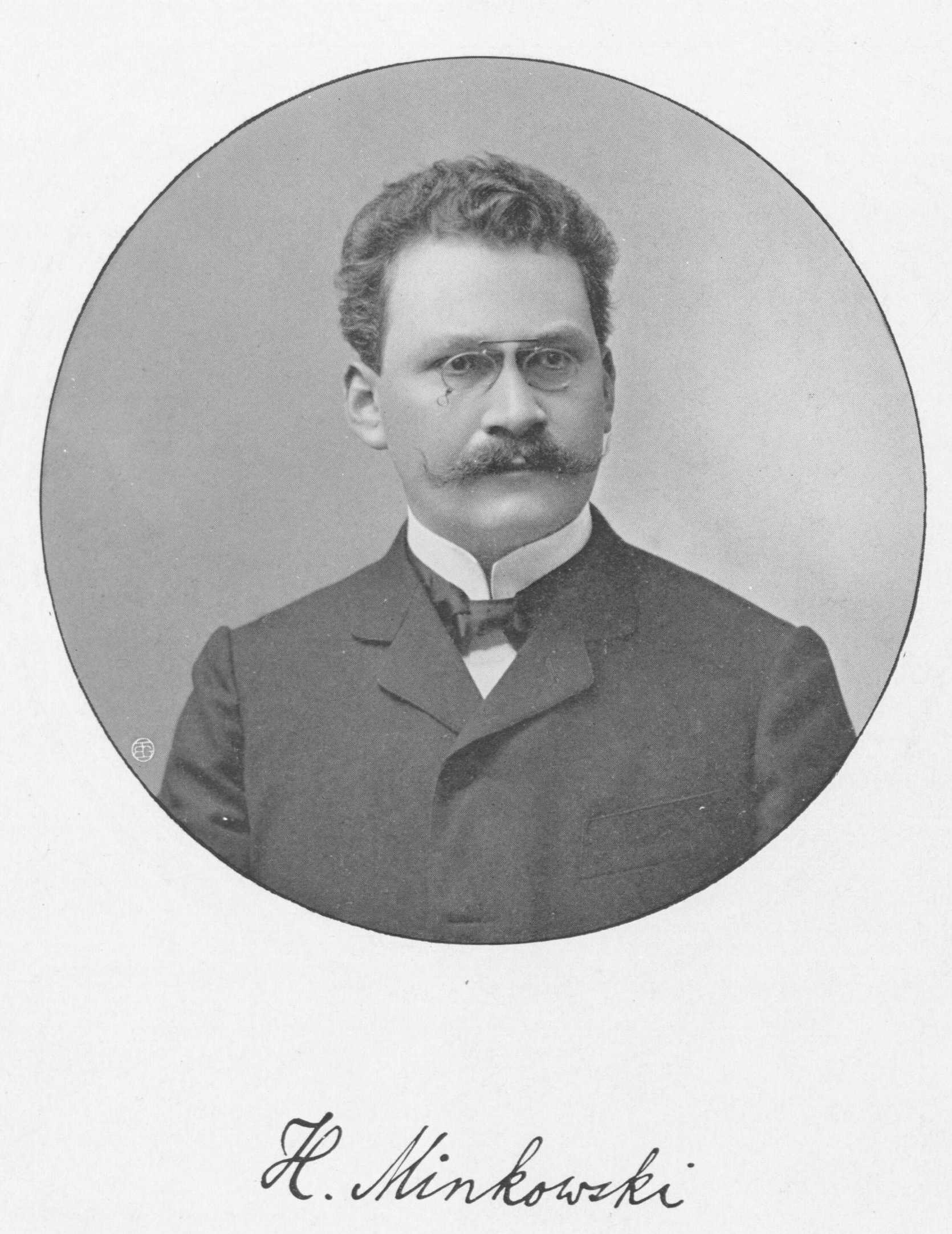|
List Of Mathematical Topics In Relativity
{{Short description, none This is a list of mathematical topics in relativity, by Wikipedia page. Special relativity *''Foundational issues'' ** principle of relativity **speed of light **faster-than-light *biquaternion *conjugate diameters *four-vector **four-acceleration ** four-force **four-gradient **four-momentum **four-velocity *hyperbolic orthogonality *hyperboloid model *light-like *Lorentz covariance *Lorentz group *Lorentz transformation * Lorentz–FitzGerald contraction hypothesis *Minkowski diagram *Minkowski space *Poincaré group *proper length *proper time * rapidity *relativistic wave equations *relativistic mass * split-complex number *unit hyperbola *world line General relativity * black holes **no-hair theorem **Hawking radiation **Hawking temperature **Black hole entropy ** charged black hole **rotating black hole **micro black hole ** Schwarzschild black hole ** Schwarzschild metric **Schwarzschild radius ** Reissner–Nordström black hole ** Immirzi parame ... [...More Info...] [...Related Items...] OR: [Wikipedia] [Google] [Baidu] |
Relativity (physics)
The theory of relativity usually encompasses two interrelated theories by Albert Einstein: special relativity and general relativity, proposed and published in 1905 and 1915, respectively. Special relativity applies to all physical phenomena in the absence of gravity. General relativity explains the law of gravitation and its relation to the forces of nature. It applies to the cosmological and astrophysical realm, including astronomy. The theory transformed theoretical physics and astronomy during the 20th century, superseding a 200-year-old theory of mechanics created primarily by Isaac Newton. It introduced concepts including 4-dimensional spacetime as a unified entity of space and time, relativity of simultaneity, kinematic and gravitational time dilation, and length contraction. In the field of physics, relativity improved the science of elementary particles and their fundamental interactions, along with ushering in the nuclear age. With relativity, cosmology and astrophys ... [...More Info...] [...Related Items...] OR: [Wikipedia] [Google] [Baidu] |
Lorentz Group
In physics and mathematics, the Lorentz group is the group of all Lorentz transformations of Minkowski spacetime, the classical and quantum setting for all (non-gravitational) physical phenomena. The Lorentz group is named for the Dutch physicist Hendrik Lorentz. For example, the following laws, equations, and theories respect Lorentz symmetry: * The kinematical laws of special relativity * Maxwell's field equations in the theory of electromagnetism * The Dirac equation in the theory of the electron * The Standard Model of particle physics The Lorentz group expresses the fundamental symmetry of space and time of all known fundamental laws of nature. In small enough regions of spacetime where gravitational variances are negligible, physical laws are Lorentz invariant in the same manner as special relativity. Basic properties The Lorentz group is a subgroup of the Poincaré group—the group of all isometries of Minkowski spacetime. Lorentz transformations are, pre ... [...More Info...] [...Related Items...] OR: [Wikipedia] [Google] [Baidu] |
World Line
The world line (or worldline) of an object is the path that an object traces in 4- dimensional spacetime. It is an important concept in modern physics, and particularly theoretical physics. The concept of a "world line" is distinguished from concepts such as an " orbit" or a " trajectory" (e.g., a planet's ''orbit in space'' or the ''trajectory'' of a car on a road) by the ''time'' dimension, and typically encompasses a large area of spacetime wherein perceptually straight paths are recalculated to show their ( relatively) more absolute position states—to reveal the nature of special relativity or gravitational interactions. The idea of world lines originates in physics and was pioneered by Hermann Minkowski. The term is now most often used in relativity theories (i.e., special relativity and general relativity). Usage in physics In physics, a world line of an object (approximated as a point in space, e.g., a particle or observer) is the sequence of spacetime events corr ... [...More Info...] [...Related Items...] OR: [Wikipedia] [Google] [Baidu] |
Unit Hyperbola
In geometry, the unit hyperbola is the set of points (''x'',''y'') in the Cartesian plane that satisfy the implicit equation x^2 - y^2 = 1 . In the study of indefinite orthogonal groups, the unit hyperbola forms the basis for an ''alternative radial length'' : r = \sqrt . Whereas the unit circle surrounds its center, the unit hyperbola requires the ''conjugate hyperbola'' y^2 - x^2 = 1 to complement it in the plane. This pair of hyperbolas share the asymptotes ''y'' = ''x'' and ''y'' = −''x''. When the conjugate of the unit hyperbola is in use, the alternative radial length is r = \sqrt . The unit hyperbola is a special case of the rectangular hyperbola, with a particular orientation, location, and scale. As such, its eccentricity equals \sqrt. The unit hyperbola finds applications where the circle must be replaced with the hyperbola for purposes of analytic geometry. A prominent instance is the depiction of spacetime as a pseudo-Euclidean space. There the asymptotes of th ... [...More Info...] [...Related Items...] OR: [Wikipedia] [Google] [Baidu] |
Split-complex Number
In algebra, a split complex number (or hyperbolic number, also perplex number, double number) has two real number components and , and is written z=x+yj, where j^2=1. The ''conjugate'' of is z^*=x-yj. Since j^2=1, the product of a number with its conjugate is N(z) := zz^* = x^2 - y^2, an isotropic quadratic form. The collection of all split complex numbers z=x+yj for forms an algebra over the field of real numbers. Two split-complex numbers and have a product that satisfies N(wz)=N(w)N(z). This composition of over the algebra product makes a composition algebra. A similar algebra based on and component-wise operations of addition and multiplication, where is the quadratic form on also forms a quadratic space. The ring isomorphism \begin D &\to \mathbb^2 \\ x + yj &\mapsto (x - y, x + y) \end relates proportional quadratic forms, but the mapping is an isometry since the multiplicative identity of is at a distance from 0, which is normalized in . ... [...More Info...] [...Related Items...] OR: [Wikipedia] [Google] [Baidu] |
Relativistic Mass
The word "mass" has two meanings in special relativity: ''invariant mass'' (also called rest mass) is an invariant quantity which is the same for all observers in all reference frames, while the relativistic mass is dependent on the velocity of the observer. According to the concept of mass–energy equivalence, invariant mass is equivalent to '' rest energy'', while relativistic mass is equivalent to ''relativistic energy'' (also called total energy). The term "relativistic mass" tends not to be used in particle and nuclear physics and is often avoided by writers on special relativity, in favor of referring to the body's relativistic energy. In contrast, "invariant mass" is usually preferred over rest energy. The measurable inertia and the warping of spacetime by a body in a given frame of reference is determined by its relativistic mass, not merely its invariant mass. For example, photons have zero rest mass but contribute to the inertia (and weight in a gravitational field) of ... [...More Info...] [...Related Items...] OR: [Wikipedia] [Google] [Baidu] |
Relativistic Wave Equations
In physics, specifically relativistic quantum mechanics (RQM) and its applications to particle physics, relativistic wave equations predict the behavior of particles at high energies and velocities comparable to the speed of light. In the context of quantum field theory (QFT), the equations determine the dynamics of quantum fields. The solutions to the equations, universally denoted as or (Greek psi), are referred to as "wave functions" in the context of RQM, and " fields" in the context of QFT. The equations themselves are called "wave equations" or "field equations", because they have the mathematical form of a wave equation or are generated from a Lagrangian density and the field-theoretic Euler–Lagrange equations (see classical field theory for background). In the Schrödinger picture, the wave function or field is the solution to the Schrödinger equation; i\hbar\frac\psi = \hat \psi one of the postulates of quantum mechanics. All relativistic wave equations can be ... [...More Info...] [...Related Items...] OR: [Wikipedia] [Google] [Baidu] |
Rapidity
In relativity, rapidity is commonly used as a measure for relativistic velocity. Mathematically, rapidity can be defined as the hyperbolic angle that differentiates two frames of reference in relative motion, each frame being associated with distance and time coordinates. For one-dimensional motion, rapidities are additive whereas velocities must be combined by Einstein's velocity-addition formula. For low speeds, rapidity and velocity are proportional but, for higher velocities, rapidity takes a larger value, with the rapidity of light being infinite. Using the inverse hyperbolic function , the rapidity corresponding to velocity is where ''c'' is the velocity of light. For low speeds, is approximately . Since in relativity any velocity is constrained to the interval the ratio satisfies . The inverse hyperbolic tangent has the unit interval for its domain and the whole real line for its image; that is, the interval maps onto . History In 1908 Hermann Minkowski ... [...More Info...] [...Related Items...] OR: [Wikipedia] [Google] [Baidu] |
Proper Time
In relativity, proper time (from Latin, meaning ''own time'') along a timelike world line is defined as the time as measured by a clock following that line. It is thus independent of coordinates, and is a Lorentz scalar. The proper time interval between two events on a world line is the change in proper time. This interval is the quantity of interest, since proper time itself is fixed only up to an arbitrary additive constant, namely the setting of the clock at some event along the world line. The proper time interval between two events depends not only on the events, but also the world line connecting them, and hence on the motion of the clock between the events. It is expressed as an integral over the world line (analogous to arc length in Euclidean space). An accelerated clock will measure a smaller elapsed time between two events than that measured by a non-accelerated (inertial) clock between the same two events. The twin paradox is an example of this effect. By conventi ... [...More Info...] [...Related Items...] OR: [Wikipedia] [Google] [Baidu] |
Proper Length
Proper length or rest length is the length of an object in the object's rest frame. The measurement of lengths is more complicated in the theory of relativity than in classical mechanics. In classical mechanics, lengths are measured based on the assumption that the locations of all points involved are measured simultaneously. But in the theory of relativity, the notion of simultaneity is dependent on the observer. A different term, proper distance, provides an invariant measure whose value is the same for all observers. ''Proper distance'' is analogous to proper time. The difference is that the proper distance is defined between two spacelike-separated events (or along a spacelike path), while the proper time is defined between two timelike-separated events (or along a timelike path). Proper length or rest length The ''proper length'' or ''rest length'' of an object is the length of the object measured by an observer which is at rest relative to it, by applying standard m ... [...More Info...] [...Related Items...] OR: [Wikipedia] [Google] [Baidu] |
Poincaré Group
The Poincaré group, named after Henri Poincaré (1906), was first defined by Hermann Minkowski (1908) as the group of Minkowski spacetime isometries. It is a ten-dimensional non-abelian Lie group that is of importance as a model in our understanding of the most basic fundamentals of physics. Overview A Minkowski spacetime isometry has the property that the interval between events is left invariant. For example, if everything were postponed by two hours, including the two events and the path you took to go from one to the other, then the time interval between the events recorded by a stop-watch you carried with you would be the same. Or if everything were shifted five kilometres to the west, or turned 60 degrees to the right, you would also see no change in the interval. It turns out that the proper length of an object is also unaffected by such a shift. A time or space reversal (a reflection) is also an isometry of this group. In Minkowski space (i.e. ignoring the effec ... [...More Info...] [...Related Items...] OR: [Wikipedia] [Google] [Baidu] |
Minkowski Space
In mathematical physics, Minkowski space (or Minkowski spacetime) () is a combination of three-dimensional Euclidean space and time into a four-dimensional manifold where the spacetime interval between any two events is independent of the inertial frame of reference in which they are recorded. Although initially developed by mathematician Hermann Minkowski for Maxwell's equations of electromagnetism, the mathematical structure of Minkowski spacetime was shown to be implied by the postulates of special relativity. Minkowski space is closely associated with Einstein's theories of special relativity and general relativity and is the most common mathematical structure on which special relativity is formulated. While the individual components in Euclidean space and time may differ due to length contraction and time dilation, in Minkowski spacetime, all frames of reference will agree on the total distance in spacetime between events.This makes spacetime distance an invarian ... [...More Info...] [...Related Items...] OR: [Wikipedia] [Google] [Baidu] |



